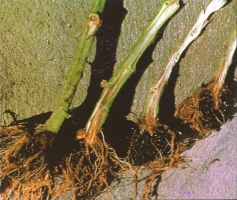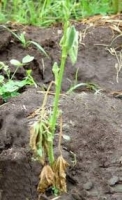Punjab no.13: Developed by Punjab Agricultural University, Ludhiana. It is suitable for cultivation in spring as well as in summer. Fruits are of light green color and of medium size. It is susceptible to yellow vein mosaic virus.
Punjab Padmini: Developed by Punjab Agricultural University, Ludhiana. Fruits are quick growing, hairy and of dark green color. Ready to harvest within 55-60days after sowing. It is tolerant to yellow vein mosaic virus. Gives average yield of 40-48qtl/acre.
Punjab 7: It is resistant to yellow vein mosaic virus, jassid and boll worm. Fruits are dark green, medium in size. Gives average yield of 40qtl/acre.
Punjab 8: Developed from Pusa Sawani. Fruits are of dark green color and 15-16 cm long at time of harvesting. It is tolerant to yellow vein mosaic virus and resistant to fruit borer.
Punjab Suhavani: It gives an average yield of 49qtl/acre. It has dark green color fruits and is tolerant to yellow mosaic virus.
Other States Varieties:
Pusa Mahakali: Developed by IARI, New Delhi. Its fruits are of light green color.
Parbhani Kranti: Fruits are medium long with good keeping quality. It is tolerant to yellow vein mosaic virus. Ready to harvest in 120 days. Gives average yield of 40 to 48qtl/acre.
Pusa Sawani: It is developed by IARI, New Delhi. Suitable for cultivation in summer and rainy season. Ready to harvest within 50 days. Fruits are dark, green and 10-12cm long at time of harvesting. It is susceptible to yellow vein mosaic virus. Gives average yield of 48-60qtl/acre.
Arka Anamika: Developed by IIHR, Banglore. It is resistant to yellow mosaic virus. It give average yield of 80qtl/acre.

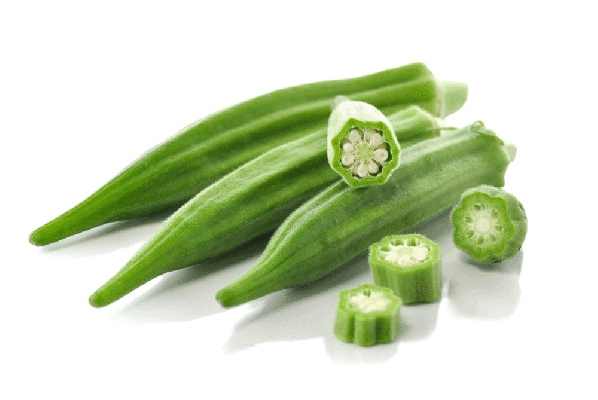








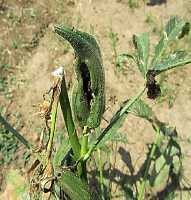
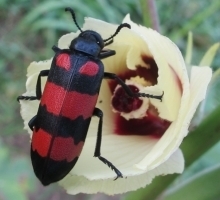
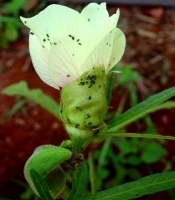
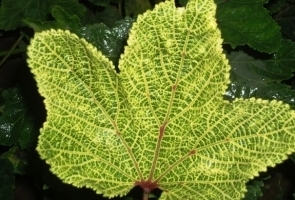
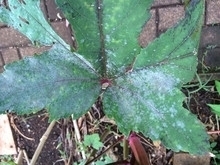
.jpg)
